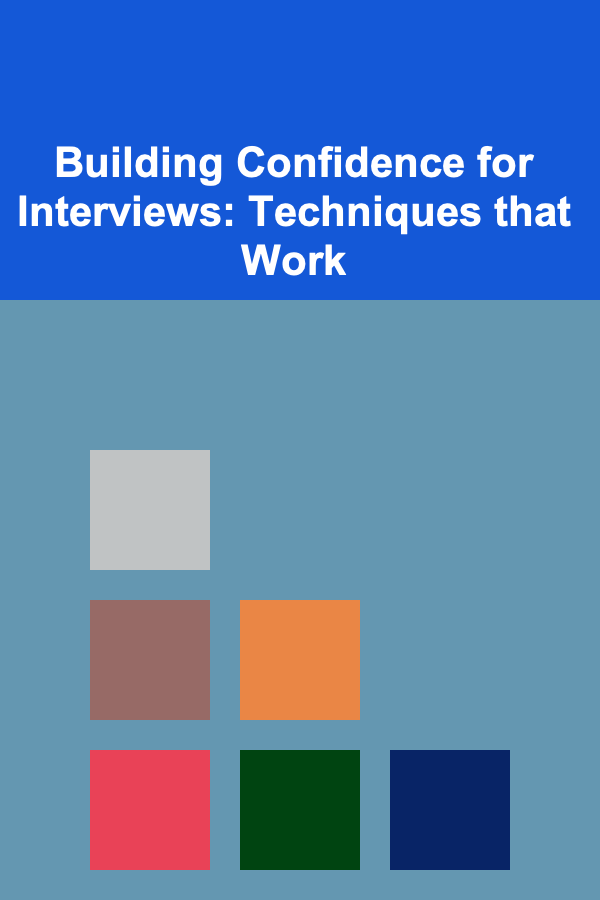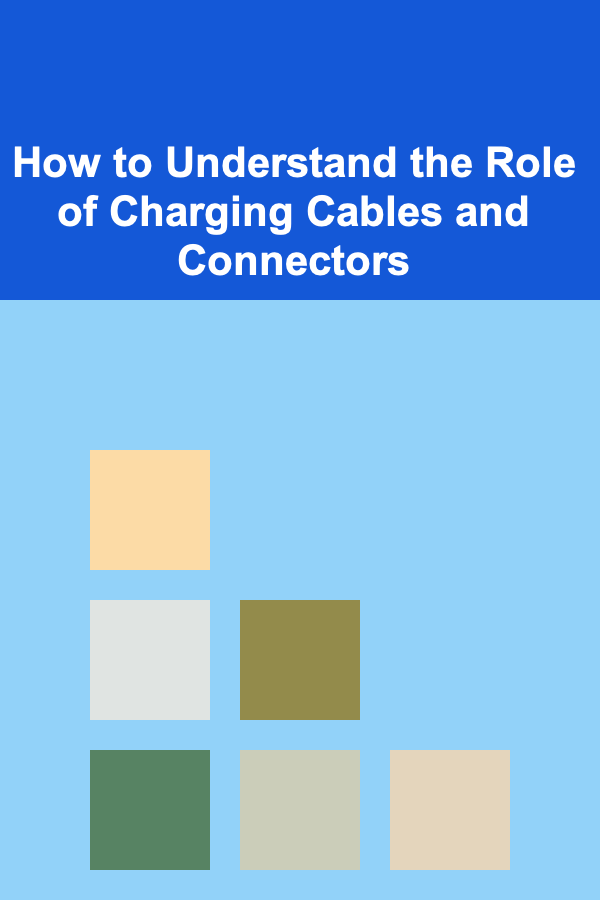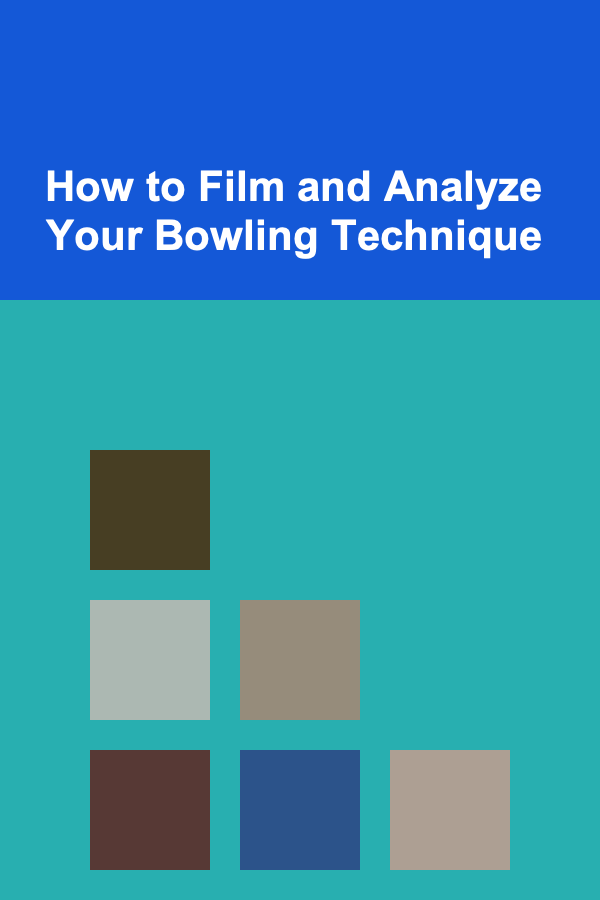
How to Excel in UI/UX Design for High-Paying Clients
ebook include PDF & Audio bundle (Micro Guide)
$12.99$8.99
Limited Time Offer! Order within the next:

UI/UX design is an ever-evolving field that has seen exponential growth in demand in recent years. As businesses continue to recognize the importance of user-centered design in creating products that engage users and drive conversions, the need for skilled UI/UX designers has reached new heights. However, excelling in UI/UX design for high-paying clients requires more than just technical knowledge; it involves understanding client needs, creating exceptional user experiences, and mastering the art of communication and branding. This article explores how to stand out as a UI/UX designer and secure high-paying clients by combining design excellence with a strategic mindset.
Understanding the Needs of High-Paying Clients
Before diving into the technical aspects of UI/UX design, it's essential to understand the core needs and expectations of high-paying clients. These clients are typically looking for more than just a designer---they're looking for a partner who can help elevate their brand, solve complex problems, and provide a seamless user experience that drives business results.
1.1 Focus on Business Goals
High-paying clients are not just interested in beautiful designs; they want designs that drive business outcomes. Whether it's increasing user engagement, improving conversion rates, or enhancing brand loyalty, the design must align with the client's overall business objectives.
To excel in this area:
- Engage with clients early on to understand their key business goals.
- Ensure that the designs are created with a strategic vision that supports these objectives.
- Always ask questions that focus on what the client hopes to achieve, not just what they want visually.
1.2 Provide Problem-Solving Solutions
A high-paying client expects you to go beyond making things look visually appealing. They want solutions to specific challenges they face. For example, they may want to reduce bounce rates on their website, make an app more intuitive, or streamline the user journey. It's crucial to approach every project with a problem-solving mindset.
1.3 Deliver a Personalized Experience
High-paying clients often expect a more personalized approach. They're willing to invest more in bespoke designs that are tailored to their specific brand and users. To meet this demand:
- Understand the client's brand identity, market positioning, and user demographics.
- Research their competition to understand industry standards and find ways to differentiate them.
- Ensure that your design speaks to the essence of the brand while being functional and user-centric.
Mastering the UI/UX Design Process
A successful UI/UX design process involves several stages, each crucial to creating designs that meet client expectations and user needs. High-paying clients expect flawless execution, from initial concept to final delivery. Mastering the following steps will help you achieve excellence in your designs.
2.1 Research and Discovery
Effective research is the foundation of any successful UI/UX design project. Before jumping into wireframes or visual elements, take time to understand the problem you are solving and the users you are designing for. This phase involves:
- User Research: Conduct surveys, interviews, and usability tests to understand user pain points, desires, and behaviors. Create user personas to guide your design decisions.
- Competitive Analysis: Analyze competitors to understand the industry landscape and identify gaps or opportunities for differentiation.
- Stakeholder Interviews: Meet with key stakeholders (clients, product managers, etc.) to gather insights about business goals, brand requirements, and user needs.
2.2 Ideation and Wireframing
Once you've gathered enough research data, the next step is ideation. This is where you start brainstorming ideas and visualizing the structure of the product. High-paying clients expect well-thought-out designs, and this phase should include:
- Wireframing: Create low-fidelity wireframes that outline the basic structure of the product. These are not final designs but serve as blueprints for the layout, navigation, and key elements.
- User Flows: Develop user flows to ensure that users can move through the product in a logical and seamless manner.
- Prototyping: Create interactive prototypes to simulate the user experience. This allows the client to visualize the product and provide feedback before you proceed to high-fidelity designs.
2.3 High-Fidelity Design
After refining wireframes and flows, it's time to move on to the high-fidelity design phase. This is where you bring the project to life visually. For high-paying clients, it's important to:
- Maintain Consistency: Ensure that your design is consistent with the brand's color palette, typography, and overall aesthetic.
- Focus on Visual Hierarchy: Organize information in a way that guides users to important actions and improves usability.
- Prioritize Accessibility: High-paying clients expect designs that are accessible to all users, including those with disabilities. Follow accessibility best practices, such as color contrast, text readability, and intuitive navigation.
2.4 Testing and Iteration
Once the design is implemented, conduct usability tests to ensure it functions as intended. Gather feedback from real users to identify pain points and areas for improvement. High-paying clients expect constant refinement until the product meets the highest standards.
- A/B Testing: Test different versions of a design to see which one performs better in terms of user engagement, conversion rates, or other KPIs.
- User Testing: Conduct both qualitative and quantitative user testing to assess the product's effectiveness and make necessary adjustments.
2.5 Collaboration with Developers
Collaboration with developers is key to bringing your designs to life. High-paying clients expect seamless collaboration between designers and developers to ensure that the final product is both visually appealing and functional.
- Provide developers with detailed design specifications, including measurements, fonts, colors, and images.
- Stay involved during the development phase to ensure that the design is being implemented as envisioned.
- Be open to feedback and adjustments from the development team to address any technical constraints or limitations.
Building Your Reputation as a UI/UX Designer
To attract high-paying clients, you need more than just design skills---you need a reputation that signals your expertise and trustworthiness. Here are some strategies to help you build that reputation.
3.1 Develop a Strong Portfolio
A portfolio is the most important tool in a designer's arsenal. To attract high-paying clients, your portfolio should:
- Showcase a Range of Projects: Include projects that demonstrate your versatility in design, from websites and mobile apps to branding and product design.
- Highlight Problem-Solving Skills: Showcase how your designs have solved specific problems for clients, such as improving conversion rates or enhancing the user experience.
- Include Case Studies: For each project, include a detailed case study that explains the design process, the challenges faced, and the outcomes achieved. This helps potential clients understand your problem-solving abilities and expertise.
3.2 Network with Industry Professionals
Networking is crucial in attracting high-paying clients. Attend design conferences, join online communities, and engage with industry influencers. Building a network of contacts can lead to referrals and recommendations, which can open doors to lucrative projects.
3.3 Keep Learning and Stay Updated
The UI/UX design field is constantly evolving with new tools, technologies, and design trends. To stay competitive and continue attracting high-paying clients, invest in continuous learning:
- Take online courses or attend workshops to expand your skills and stay updated on industry trends.
- Stay active in design communities to exchange ideas and keep up with the latest developments in design tools and methodologies.
- Experiment with new design tools and techniques to keep your work fresh and innovative.
3.4 Provide Excellent Customer Service
High-paying clients expect top-notch service. In addition to delivering exceptional designs, ensure that your client communication is clear, professional, and responsive. Build a relationship with your clients by being approachable, reliable, and open to feedback.
- Be Transparent: Set clear expectations regarding timelines, deliverables, and pricing upfront. Transparency builds trust and reduces misunderstandings.
- Communicate Regularly: Keep clients updated on the progress of the project, and address concerns promptly.
- Exceed Expectations: Go above and beyond by delivering designs that not only meet but exceed client expectations. This can lead to repeat business and referrals.
Conclusion
Excelling in UI/UX design for high-paying clients requires a combination of technical skills, strategic thinking, and exceptional client service. By focusing on business goals, mastering the design process, building a strong portfolio, and continually improving your skills, you can position yourself as a sought-after designer who attracts lucrative projects.
The demand for skilled UI/UX designers will continue to grow as businesses recognize the value of user-centric design in achieving their objectives. By applying the principles outlined in this article, you can not only excel in your craft but also secure high-paying clients who will value your expertise and creativity.
Reading More From Our Other Websites
- [Personal Investment 101] How to Build Scalable Passive Income Projects with Deep Learning
- [Home Staging 101] How to Stage Your Home's Dining Area for Entertaining Buyers
- [Personal Care Tips 101] How to Choose the Best Concealer for Your Skin Undertone
- [Weaving Tip 101] Step-by-Step Patterns: Classic Designs to Elevate Your Hand-Woven Rug
- [Home Family Activity 101] How to Plan a Fun Family Game Night
- [Survival Kit 101] How to Curate a Pet‑Friendly Survival Kit for Families with Dogs and Cats
- [Stamp Making Tip 101] From Ink to Impression: The Evolution of Modern Stamp Making
- [Home Lighting 101] How to Transform Your Home with a Lighting Makeover
- [Personal Financial Planning 101] How to Plan for Major Life Events Financially
- [Home Party Planning 101] How to Successfully Host a Kids' Birthday Party at Home with Minimal Chaos

Building Confidence for Interviews: Techniques that Work
Read More
How to Analyze Property Value Before Buying
Read More
How to Recognize Signs of Illness in Your Pet
Read More
How to Understand the Role of Charging Cables and Connectors
Read More
How To Understand Blockchain Scalability Solutions
Read More
How to Film and Analyze Your Bowling Technique
Read MoreOther Products

Building Confidence for Interviews: Techniques that Work
Read More
How to Analyze Property Value Before Buying
Read More
How to Recognize Signs of Illness in Your Pet
Read More
How to Understand the Role of Charging Cables and Connectors
Read More
How To Understand Blockchain Scalability Solutions
Read More